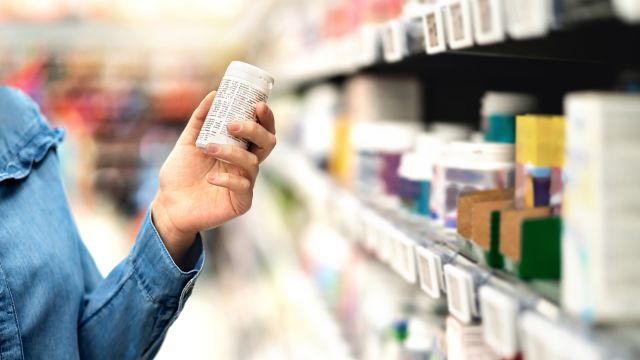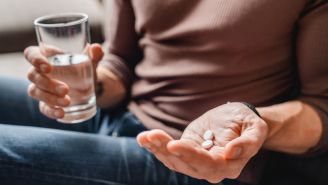Updated on March 21, 2024.
Have you ever picked up a refill of your prescription medication, only to notice upon arriving home and opening the bottle that the pills look different from usual?
You might start to feel anxious and wonder: Did I get the wrong medication? Is it safe to take?
The short answer is that this is a fairly common issue. As it happens, there are two main reasons your pills may not look familiar.
Scenario 1: Same medication, different manufacturer
When it comes to generic medications, several manufacturers may make the same drug. But they may each produce pills in a different color and shape. As a result, if your pharmacy changed their supplier, you might end up with a pill that looks different—but is actually the same drug.
Unfortunately, a difference in appearance is enough to cause some patients to stop taking their medications. One study published in 2014 in the Annals of Internal Medicine found that the chances a heart patient would stop taking their heart medication went up 34 percent after a change in pill color and 66 percent after a change in pill shape.
A sudden interruption in taking medication is potentially unsafe, especially for people with serious conditions like heart troubles, high blood pressure, diabetes, and mental health issues. It could lead to problems such as dangerously high blood sugar, psychiatric relapses, or even heart attack and stroke.
Scenario 2: Medication fill error
While rare, this is also a possibility. There could be a mistake in the way the prescription was transcribed, an error reading a healthcare provider's (HCP's) handwriting, or an incorrect drug selected in the pharmacy computer system.
Tips to prevent medication mistakes
What should you do if your medication looks different and you're unsure if it's the correct drug? First, don’t take a medication unless you’re sure what it is. Instead, find out ASAP if it is actually correct, because you don’t want to miss doses.
To help avoid “pill anxiety” situations like these, consider following these steps:
Talk to the pharmacist. It's tempting to grab and go. But when you pick up a prescription, take a few extra minutes to ask the pharmacist if you should expect the medication to look different.
Open the bottle while at the pharmacy counter. If you notice a different look to your pills, ask the pharmacist right away. This is especially important if you need to take a dose that day or if you’re about to leave on a trip. You don’t want to get to a new destination and wonder if you have the right meds.
If you leave the store without checking your medication, take a look as soon as you get home. If something looks unfamiliar, call the pharmacist right away or return the bottle to the drugstore. Reach out to your HCP, as well, if you have any concerns.
Do a quick at-home check. Search for an online pill identifier to see pictures of the medication you should be taking.
Keep a list of your current medications. That includes dosages and a description of each pill. Update it when anything about your prescriptions change.







